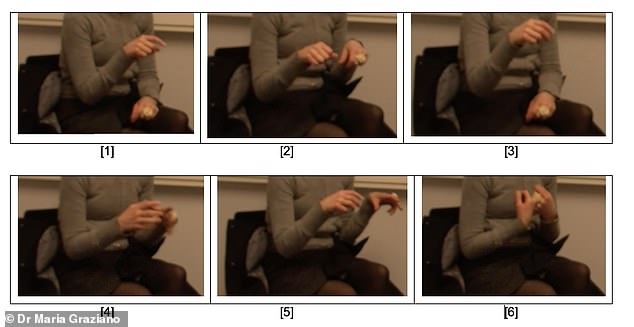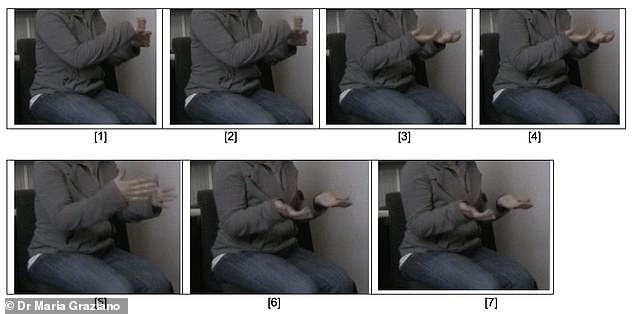- Italians make more than 40 hand gestures per minute when speaking
- This is twice what the average Swede makes, according to a new study
<!–
<!–
<!– <!–
<!–
<!–
<!–
From Vito Corleone in The Godfather to Sophia Loren in Yesterday, Today and Tomorrow, Italian characters are often depicted with exaggerated hand gestures.
Now, a study has confirmed that this Italian film trope actually rings true in the real world.
Scientists at Lund University studied the gestures of people in Italy and Sweden while they spoke.
They found that Italians use more than 40 hand gestures per minute while speaking. twice what the average Swede makes.
And while other cultures use gestures to help illustrate parts of a story, Italians use them as a kind of running commentary on what they’re saying.

From Vito Corleone in The Godfather (pictured) to Sophia Loren in Yesterday, Today and Tomorrow, Italian characters are often depicted using exaggerated hand gestures.


Italians use more than 40 hand gestures per minute while speaking, twice as many as the average Swede. Pictured: Sophia Loren in Yesterday, Today and Tomorrow.
Researchers at Lund University in Sweden asked 12 Italians and 12 Swedes to retell the story of a 90-second clip of Pingu to a friend who had not seen the cartoon.
They found that Italians used 22 hand gestures per 100 words, compared to 11 for Swedes.
Previous studies have found that Italians speak around 188 words per minute, which would involve 41 gestures.
Dr Maria Graziano said: “Italians gesture more than Swedes, which is to be expected.”
“The most interesting thing is that we showed that people from different cultures use gestures differently, due to different rhetorical styles and different ways of constructing a story.”


The study found that people in Sweden use gestures to help illustrate parts of a story. Pictured: A Swedish speaker uses gestures while describing the shape of the dough.


Italians use hand gestures as a kind of running commentary on what they say, study found
In addition to the frequency of the gestures, the researchers looked at why the gestures were used during narration.
Dr. Graziano said: “When we tell stories, we combine several types of information: we introduce characters and events, we describe actions, and we explain why.
‘We check that our listener understands what we say.
“And if we tell a story based on cartoons, we also refer to the act of watching.”
The research found that Italians tended to use more pragmatic gestures, those that comment on the story and introduce new parts to the listener.
Meanwhile, the Swedes tended to use more representational gestures, which mostly demonstrate the events and actions of the story.

